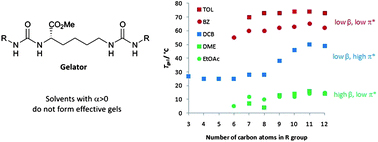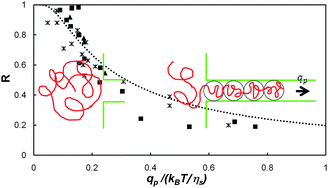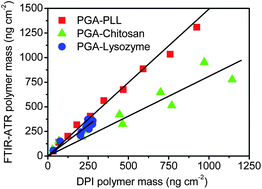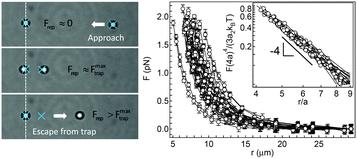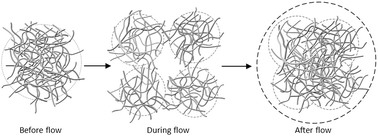Eran Sharon and Efi Efrati from The Hebrew University of Jerusalem, Israel, discuss the mechanics of non-Euclidean plates in a Tutorial Review. Non-Euclidean plates are “stacks” of identical surfaces whose two-dimensional intrinsic geometry cannot be realized in a flat configuration. They can be generated via different mechanisms, such as plastic deformation, natural growth or differential swelling.
The review covers theoretical and experimental works that focus on shape selection in non-Euclidean plates and provides an overview of the governing principles of this field.












